What the figures say
Devon and Cornwall’s resident pedestrian casualty rate of 26.8 per year per 100,000 population, is 29% lower than the national rate, but 3% higher than the South West regional rate.
Within the Peninsula, Torbay has the highest rate of 46.9 per 100,000 population, with Plymouth also having a relatively high rate of 34.8. Eastern Cornwall has the lowest rate (20.2).
When compared with similar rural/urban authority of Pembrokeshire (Figure 14) has a pedestrian casualty risk rate which is very similar to that of the Peninsula (26.7), however the Peninsula has a slightly higher rate than both comparator police force areas.
Torbay has the highest pedestrian casualty rate, on a par with the urban comparator of Southampton and considerably higher than any other part of the peninsula.
Walking is an excellent way to get about and provides a wide range of health and environmental benefits. Unfortunately, it also carries a certain amount of risk, and so we need to ensure that more walking does not lead to more pedestrian casualties.
According to RoSPA, every year in Britain around 23,000 pedestrians are killed or injured in police reported road accidents, including over 5,000 who are killed or seriously injured. Some groups are particularly vulnerable, such as children and young people from the most deprived backgrounds and older people.
Along with the risk of injury, air pollution affects pedestrians, contributing to around 40,000 early deaths per year. If more walking and cycling is achieved by reducing motorised road journeys it could reduce air pollution.
The key is to create a safe walking environment, improve driver, cyclist and pedestrian attitudes and behaviour towards each other, and to produce safer vehicles that reduce the risk to vulnerable road users such as pedestrians and cyclists.
Busy urban roads, junctions and high-speed roads without adequate consideration of pedestrian facilities increase the likelihood that pedestrians will be injured or killed while walking alongside or crossing the road.


